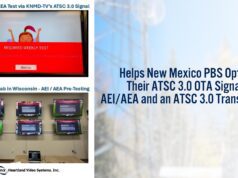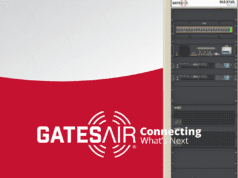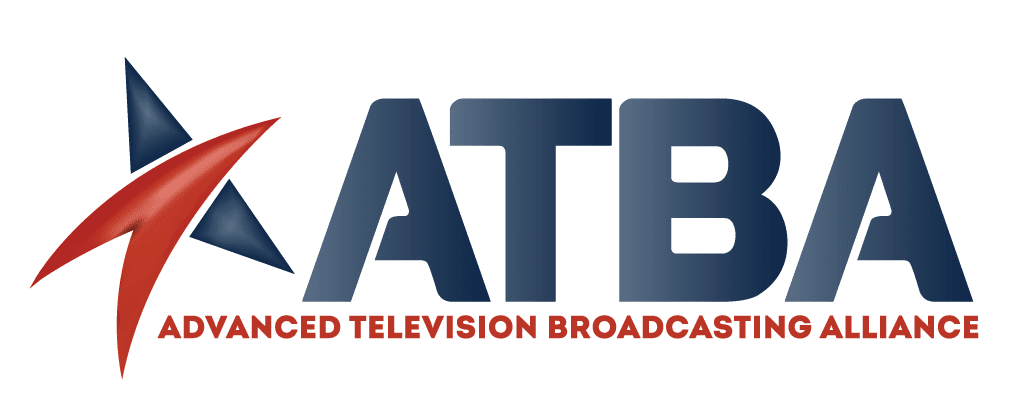ARK Multicasting, one of the largest owners of low-power TV stations in the U.S. is asking the FCC to allow the use of federal funds to subsidize the purchase of ATSC 3.0 devices to allow students to use an LPTV’s IP multicasting feed for distance learning.
Executives including ARK CEO Josh Weiss met with Ryan Palmer, chief of the Telecommunications Access Policy Division, earlier this week to discuss the proposal. ARK discussed how the COVID-19 pandemic has created a “deep and alarming crisis” in education, “exacerbating the digital divide” and leading to an urgent need for distance learning innovation and how ATSC 3.0 can close the homework gap in rural communities without access to high speed internet.
ARK has been at the forefront of technology development for ATSC 3.0, including a recent successful pilot test of its last mile edge caching technology over ATSC 3.0. The company holds 283 licenses and CPs covering one-third of the U.S. population, outside of major metropolitan areas. It concentrates its services to rural America in second and third tier markets, the areas most in need of distance learning services.
At its meeting with the FCC, the company touted the capabilities of “Broadcast Internet,” which involves the use of the ATSC 3.0 broadcast signal to send IP-based data to TVs and NextGen TV-enabled devices. Specifically it cited its work with Microsoft’s “Airband Initiative,” which uses TV white spaces to deliver wireless broadband.
The FCC’s E-Rate program uses money from the commission’s Universal Service Fund to provide discounts for telecommunications, internet access and internal connections to eligible schools and libraries. Last month, the commission announced the opening of a second funding year 2020 filing window to allow schools to request additional E-Rate funding specifically to address urgent on-campus bandwidth needs resulting from the heightened reliance on remote learning during the COVID-19 pandemic. The window for new requests closed Oct. 16.
Read more at TV Technology.














